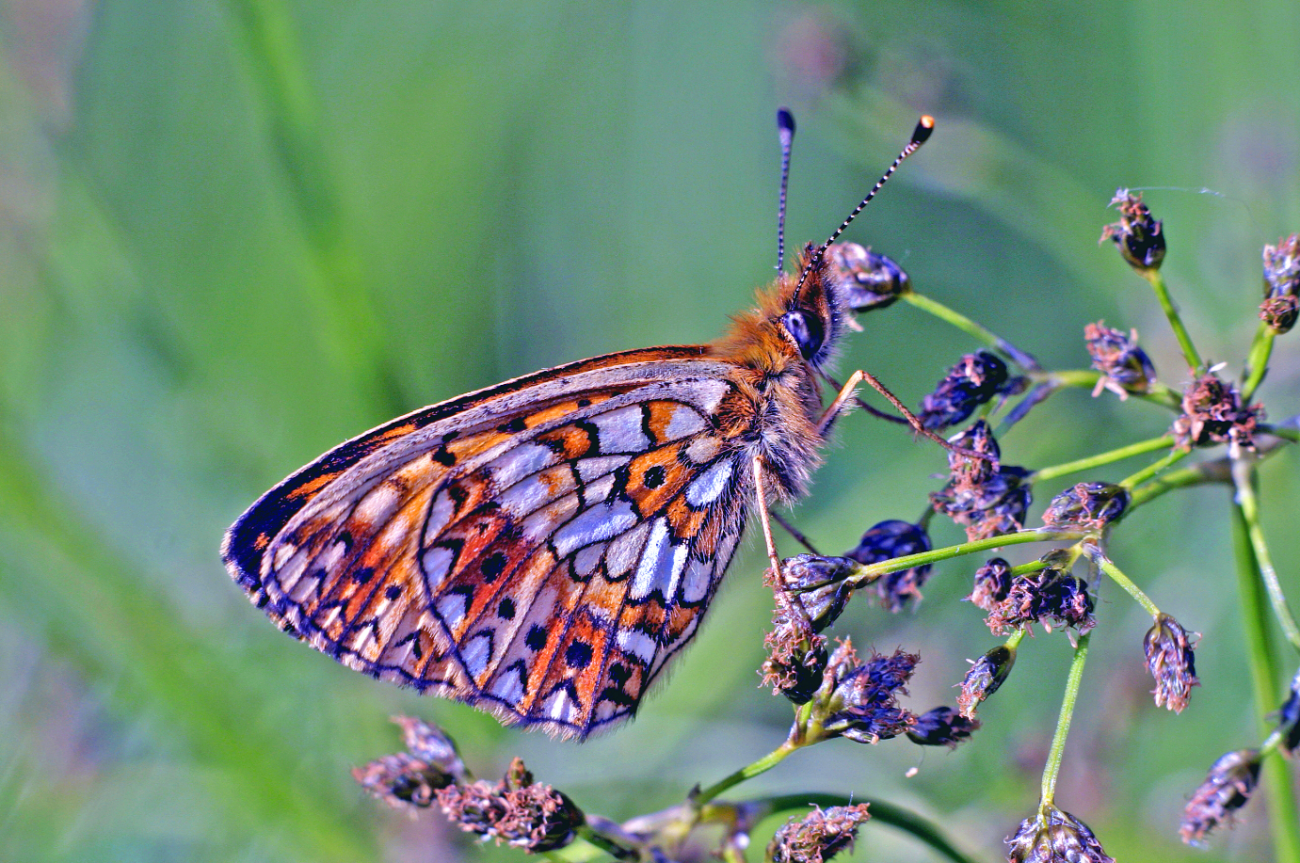
It has recently been shown that there has been a widespread decline in terrestrial insect populations over the last century, but trends in other indicators of biodiversity are less clear. Authors from the A.N. Severtsov Institute of Ecology and Evolution of RAS, the German Center for Integrative Biodiversity Studies (iDiv), the Universities of Jena and Halle (Germany), and the Center for Ecology and Hydrology (UK) studied long-term trends in 923 terrestrial insect communities, monitored in 106 publications. Based on the results of the study, scientists also found a decrease in species diversity.
In studies that were carried out at the species level (551 points in 57 studies), a decrease in the numbers of initially abundant species was observed over time, but the amount of rare species did not decrease. At the population level, it was found that species that were most abundant at the beginning of the time series showed the largest average decline. The number of rare species also decreased on average, but this was compensated by an increase in the number of other species.
The results indicate that the observed decline in overall insect abundance can largely be explained by widespread declines in previously abundant species. This contradicts the common belief that biodiversity loss is mainly characterized by the decline of rare species. Although the results show that fundamental changes are occurring in insect communities, it is important to recognize that they only reflect trends from those points for which sufficient long-term data are available. However, given the importance of abundant species in ecosystems, their overall decline is likely to have major consequences for food chains and ecosystem functioning.
One of the authors of the study, Professor of the Russian Academy of Sciences Konstantin Gongalsky, says that according to the authors’ findings, the main reasons are recent anthropogenic changes. For example, special studies attribute the decline in the numbers of some common species to climate change, intensification of land use and a decrease in the nutritional value of plants. Some species may also have been abundant in the past because they were dependent on certain types of historical land use (such as traditional agriculture), but their numbers have declined recently as land use has changed. Massive species are often disproportionately important to the structure and functioning of ecosystems and to the diversity of higher trophic levels, so their decline has likely already led to widespread ecosystem restructuring, and the situation will continue to worsen.
Van Klink R., Bowler D.E., Gongalsky K.B., Shen M., Swengel A.B., Chase J.M. 2024. Disproportionate declines of formerly abundant species underlie insect loss. Nature 628: 359-364.
Related materials:
Ведомости. Экология: "Ученые: насекомые исчезают из-за сокращения массовых видов"
